The Athenaeum
This stately clubhouse has showcased German-American culture for over a century.
The Athenaeum, a stately brick building in Indianapolis’ old Germantown, looks like it would be more at home in Europe than in the United States Midwest—and that’s intentional. The Romanesque structure was built as a social club for German-Americans in the 19th century, to improve their minds, bodies, and drinking skills.
Das Deutsche Haus (the German House), as it was originally called, housed a bowling alley, ballroom, restaurant, beer hall, and a gymnasium large enough for a game of indoor baseball. The center was designed by the Vonnegut and Bohn architectural firm and constructed between 1893 and 1898. (Yes, those Vonneguts; the architect was the grandfather of famous author Kurt Vonnegut.)
If you visit today, you’ll notice beautiful original woodwork, a sculptural fireplace depicting Dante’s Inferno, and herds of disembodied moose heads mounted on the walls. But what you may overlook are the ordinary, brass door handles. Now ubiquitous, the “panic bar” exit devices on every door of the Athenaeum were state-of-the-art in the early 1900s, due to a tragic fire at the Iroquois Theatre in Chicago.
Carl Prinzler, an employee at the Vonnegut Hardware Company (yes, those Vonneguts again), was supposed to go to a performance at the Iroquois Theatre on December 30, 1903. Thankfully, he missed the show. Over 600 people died at that matinee in the deadliest single-building fire in U.S. history, double the number of fatalities as the infamous Great Chicago Fire of 1871. Crowds of people were unable to escape because the theatre doors opened inward, in opposition to the throngs of bodies pressed against them.
Haunted by this loss of life, Prinzler and architect Henry DuPont engineered a door handle that could lock from the outside but still allow people to easily push it open in an emergency. VonDuprin exit devices were mass-produced and installed in many buildings in the U.S., including the Athenaeum. When you enter, look for the small “Von DuPrin” stamp near the hinge.
In the early 20th century, Das Deutsche Haus was a beacon of German-American pride, but that changed with the outbreak of World War I. By 1918, schools throughout the city were banning German language classes. Sauerkraut was redubbed “Liberty Cabbage.” Germania Street was changed to Belleview Street. And prominent businessmen urged people to prove their true “Americanism” by buying Liberty Bonds. As anti-German sentiment spread, club members felt compelled to change Das Deutsch Haus to “The Athenaeum,” a name that stuck for one hundred years.
Today, a YMCA occupies the old gymnasiums, and a café aptly named “Coatcheck Coffee” is nestled in the lobby of the theatre. The Athenaeum is a beautiful historic landmark, a multi-use complex that is so much more than the sum of its parts. But you don’t have to look hard to see the remnants of German influence. The Rathskeller remains the oldest restaurant in the city and is consistently voted as its best German establishment. The Biergarten’s tables are crowded on summer nights as patrons listen to live music coming from the venue’s historic band shell. And perched before the main entrance, a newly installed sign recalls an earlier time and a newly revived name: “Das Deutsch Haus.”
Know Before You Go
The Rathskeller has a formal restaurant that accepts reservations and an informal bar and Biergarten with open seating. The general building opening hours are Monday through Friday 10 a.m. to 5 p.m. Public, private, and self-guided building tours are offered.
Community Contributors
Added by
Edited by
Plan Your Trip
The Atlas Obscura Podcast is Back!


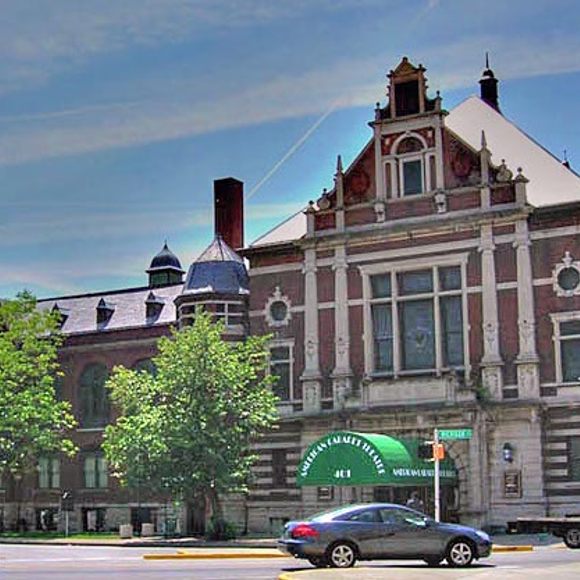

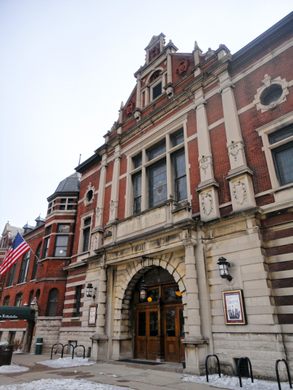


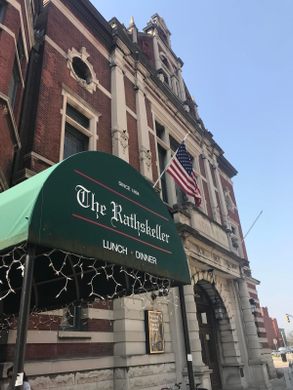
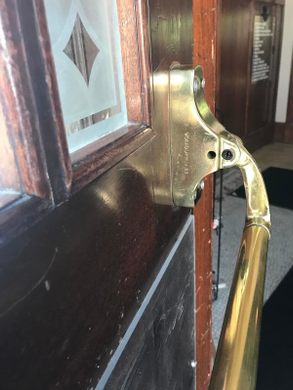
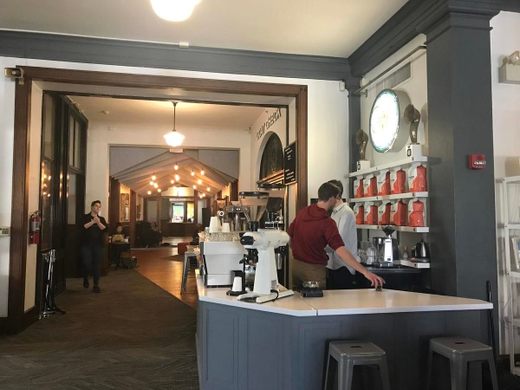











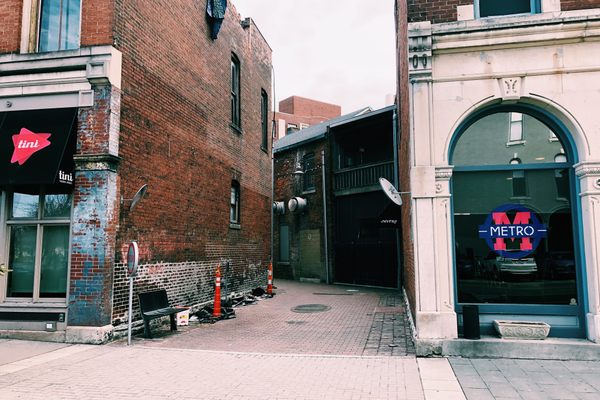





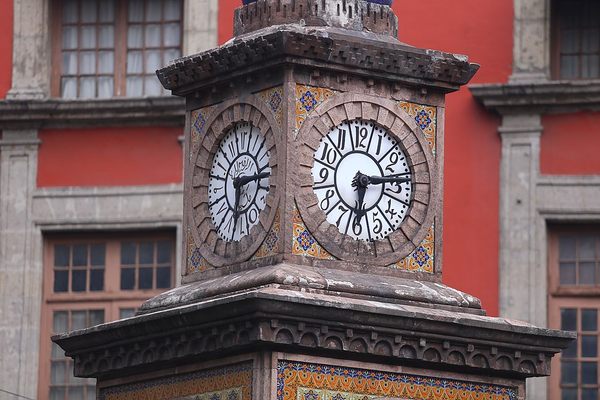


Follow us on Twitter to get the latest on the world's hidden wonders.
Like us on Facebook to get the latest on the world's hidden wonders.
Follow us on Twitter Like us on Facebook